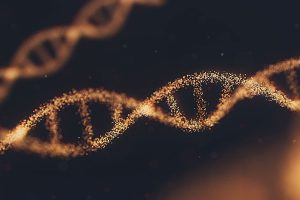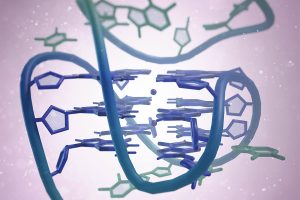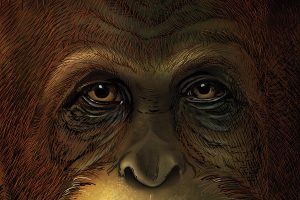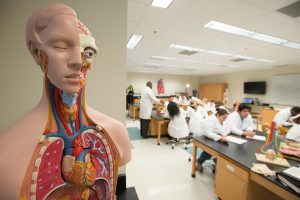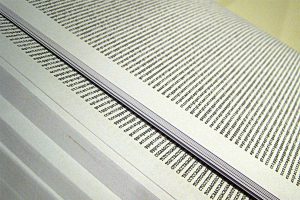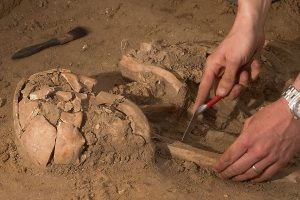Search
The discovery of the double helix was the work of four people, and Rosalind Franklin's contribution is on a par with that of Wilkins, Watson, and Crick.
Humans, unlike some animals, do not base their mating choices exclusively on genetics. There are many cultural and social determinants.
Apart from the double helix, DNA can present other structures such as G-quadruplexes, whose study has boomed in recent years.
Thanks to advances in genetics, we can extract a lot of information from DNA and infer a fairly detailed portrait of the person it belongs to.
This is undoubtedly an encouraging stage for evolutionary biology. Palaeoproteomics has the potential to explore time intervals that were completely inaccessible until now.
The role of the victim assigned to Rosalind Franklin in the legend of the double helix should not overshadow her brilliant contributions, which are often ignored when her scientific career is outlined.
The concept of standardization is linked to the industrial revolution and mass production of goods through assembly lines. The question we will try to answer is the extent to which standards can be achieved in the biological realm.
By giving away our DNA and genetic data, we are giving away the DNA and genetic data of our entire biological family. We have to think if the objective we are pursuing is worthwhile.
Coding DNA is that which contains the genes that produce protein within the genome, while non-coding DNA can be formed by genes that produce different types of RNA, but they do not translate into proteins.
Technological advances in the study of our genome now allow us to infer whose remains have been found, for example, at a mass grave or an anonymous tomb, and to extrapolate where they lived, their physical appearance, or their family origin.
- 1
- 2

